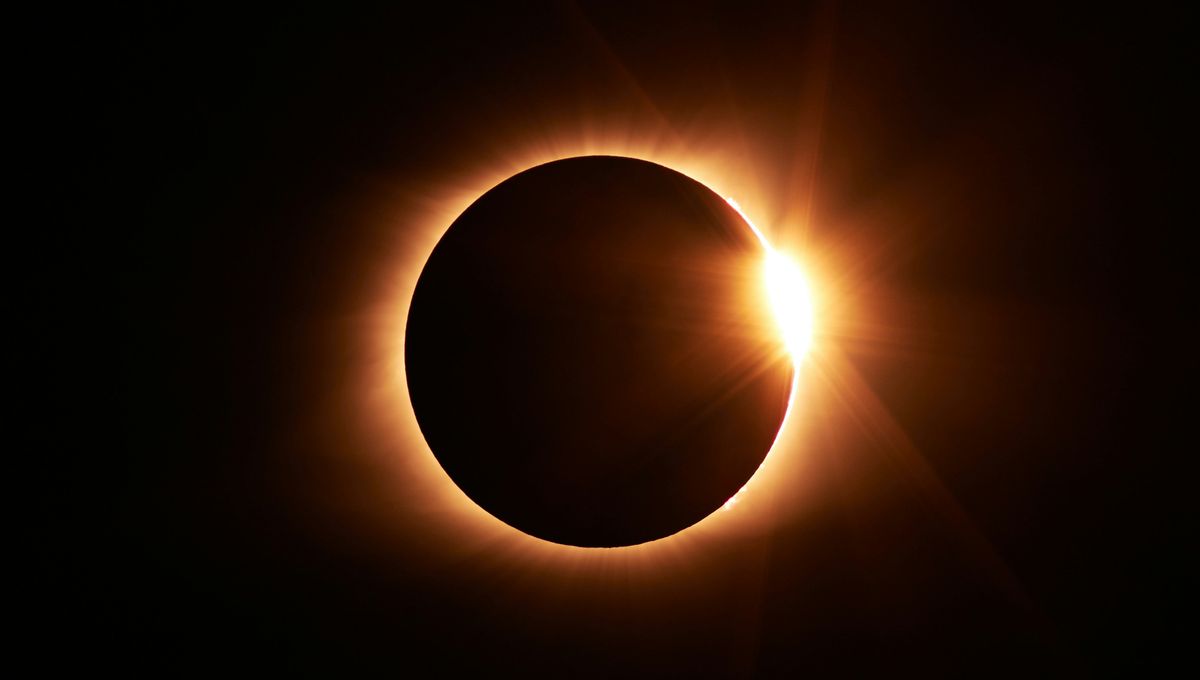
With April’s total solar eclipse fast approaching, we’ve had our fair share of warnings already, from potential air travel disruption to expected difficulties accessing food, water, and fuel. Now, according to new research, we may also need to beware of potentially fatal road traffic crashes.
Looking at 2017’s total eclipse, researchers found that fatal road accidents spiked in the US during the event, as an estimated 20 million people traveled away from their homes to view it.
“We found a significant increase in traffic risk in the U.S. around the time of the total eclipse, averaging to one extra vehicle crash every 25 minutes and one extra crash fatality every 95 minutes. The total amounted to 46 extra deaths linked to the eclipse,” Donald Redelmeier, lead investigator of the study, said in a statement. “These increases are similar in magnitude to the increased traffic risks observed around Thanksgiving.”
A total solar eclipse occurs when the Moon temporarily obscures our view of the Sun and casts a dark shadow across the Earth. However, it likely wasn’t the change in light that was responsible for the observed increase in accidents. Instead, the researchers think that increased traffic as people clamored to catch a glimpse of the spectacle may be behind it.
“The findings likely derive from increased traffic, travel on unfamiliar routes, speeding to arrive on time, driver distraction by a celestial event, drug-or-alcohol-impairment from related celebrations, or eclipse viewing from unsafe roadside locations,” explained Redelmeier.
Using data from a national registry of fatal crashes on public roads, Redelmeier and co-author John Staples looked at incidents over a three-day period, centered on August 21, 2017 – the date of the last eclipse. They then compared to a three-day window a week before and afterward.
Over the three-day eclipse exposure period, a total of 741 individuals were involved in fatal crashes, whereas 1,137 individuals were involved in fatal collisions over the six control days. That’s the equivalent of 10.3 and 7.9 deaths per hour, respectively – and a 31 percent increase in traffic risks around the time of the eclipse.
The next eclipse in the contiguous US, after April’s, won’t happen until 2044, so it’s likely the roads will be busy once again. With that in mind, the researchers advise that drivers take precautions if venturing out during the event.
“The next total solar eclipse will occur on April 8, 2024, and is within driving range for more than 200 million individuals within the US,” they write in their study. “To help prevent another possible surge in traffic fatalities, clinicians might advise patients to respect speed limits, minimize distractions, allow greater headway, wear a seatbelt, and avoid driving while impaired.”
The study is published in JAMA Internal Medicine.
Source Link: Potentially Fatal Consequence Linked To Upcoming US Total Solar Eclipse